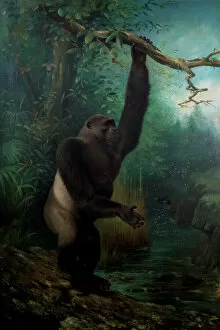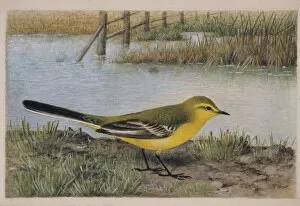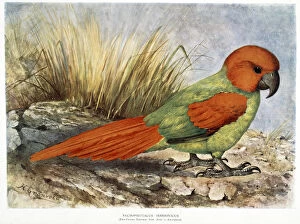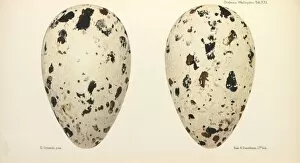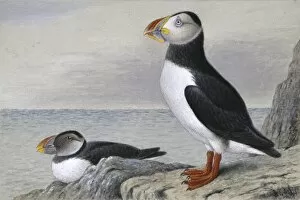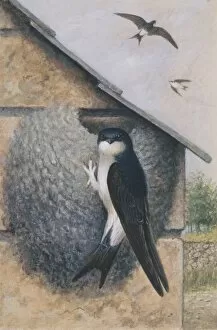1858 1940 Collection
In the year 1858, a world of remarkable creatures and discoveries awaited
For sale as Licensed Images
Choose your image, Select your licence and Download the media
In the year 1858, a world of remarkable creatures and discoveries awaited. From the dense jungles to the vast oceans, this era witnessed an array of fascinating species that captivated both scientists and explorers alike. One such creature was the Gorilla gorilla, also known as the western gorilla. With its powerful build and gentle nature, it became a symbol of strength and grace in the animal kingdom. Meanwhile, in Europe's meadows and wetlands, Motacilla flava - better known as the yellow wagtail - graced us with its vibrant plumage. Its cheerful presence brought joy to bird enthusiasts who marveled at its beauty. But it wasn't just birds that stole our attention during this time. Walter Rothschilds Necropsittacus borbonicus caught our eye with its stunning colors and unique features. This parrot from Bourbon Island left a lasting impression on those lucky enough to witness its splendor. The Great Auk Eggs were another marvel discovered during these years. These precious eggs held within them stories of resilience and survival against all odds for this now-extinct seabird species. Venturing further into lush rainforests, Pongo pygmaeus - or orangutan - swung through trees with unmatched agility. Their intelligent eyes seemed to hold ancient wisdom as they navigated their natural habitat effortlessly. Back on rocky cliffs along coastal shores, Fratercula arctica proudly displayed their colorful beaks while Atlantic puffins danced amidst crashing waves. Delichon urbica gracefully built nests under eaves as house martins showcased their architectural skills high above human dwellings. And let's not forget about Casuarius unappendiculatus. The northern cassowary stood tall amongst other flightless birds; a living testament to nature's diversity and adaptability. As we reflect upon these incredible beings from 1858 to 1940, one cannot help but feel awe-inspired by the wonders of our natural world.

